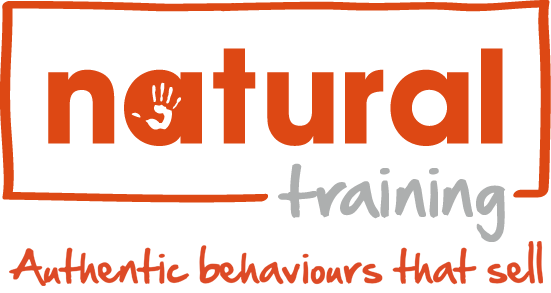Top Closing Mistakes and How to Avoid Them
Even for the most gifted and natural of salespeople, closing can be the most difficult part of the sales process. There are lots of places where it can all go pear-shaped and a single wrong move can torpedo your chances of making the sale.

Improve your chances of closing every deal by avoiding these common mistakes:
1. Being too forceful
Nobody wants to feel coerced into buying something. Although some salespeople still rely on an arsenal of high-pressure sales technique to lock prospects into a sale, the truth is it’s not a recipe for a long-term relationship with a client. You may close a single sale, but you’ll be unlikely to get repeat business from that person if they felt strong-armed into buying something they didn’t realy want. Buying from you just to get you to shut up is not going to do your reputation a lot of good.
Don’t punish your prospect for not closing the deal to your timetable. This usually manifests itself in: “The price is usually £2,000, but if you buy from me today, you’ll get a 20% discount”. More often than not the customer will wonder why you are so anxious to close the deal rather than thank you for a ‘bargain’.
Dial it down and focus on delivering the solution your prospect actually needs.
2. Being content to settle for maybe
“No” is the dreaded word that haunts a salesperson’s dreams and makes them wake up in a cold sweat. Sometimes salespeople are happy to accept a “maybe” or a “give me a couple of weeks to think about it” rather than a “no”. But these are often polite ways of saying “no” because the other person doesn’t want to hurt your feelings. It’s natural to want to make people happy! That’s thoughtful of them, but it isn’t going to bring home the bacon, and you cannot afford to have your time wasted.
One way of avoiding this is to set up parameters before you start the conversation properLY. You could say something along the lines of: “At the conclusion of our meeting, you may not be ready to sign on the dotted line, but I hope I will have given you enough information for you to determine how well our solution fits your needs. At that point, we can decide on the next steps. If at any point you feel our solution is not what you need, just tell me.”
It is in your interests for the customer to feel relaxed and for you to be able to determine as soon as you can whether there is a potential for a sale, or if you are going to be flogging a dead horse.
3. Bashing the competition
Your prospects are wavering. They don’t know whether to buy from you or the company down the road, so you decide to pull out what you think is your trump card. You start to bad mouth the opposition and explain why it would be a terrible mistake to buy from them. There are several problems with this approach. Firstly, your prospect may actually have good relationships with your counterparts in other companies, and secondly, negativity can be a real sales killer. You must also be careful of what you say, because you could end up slandering someone, which could land you in a lot of legal hot water.
So, this is where you need to demonstrate how your solutions are much better than all the others out there at solving your prospect’s problems. Case studies are a great way of demonstrating this.
4. Ignoring the prospect’s signals
Sadly, this is not unusual. Some sales people talk so much they fail to spot the changes in the prospect’s tone of voice or behaviour that signals they are ready to buy. Remember, sales conversations are about listening as well as talking, so once you’ve asked your closing questions, stop and give the other person plenty of room to answer.
5. Selling after the close
You’ve won the sale, congratulations! Now don’t spoil it by yakking on about additional features and what else your widget or solution can do. You might end up talking yourself out of the sale, because the client may realise there are functions they don’t need. The solution is simple: know when to shut up.
Closing Naturally
Learning closing techniques is useful, of course, but be mindful that there are no magic words or tricks that seal a deal. Listening to your prospects, helping them identify their needs and demonstrating how your solution addresses them are solid foundations that will make closing feel a natural part of the conversation and easier to achieve.
To find out more about the end of the sale, objection handling and closing, contact us via the short form on the right hand side of this page.
Got a comment?
Catch us on Social Media and join the discussion!


